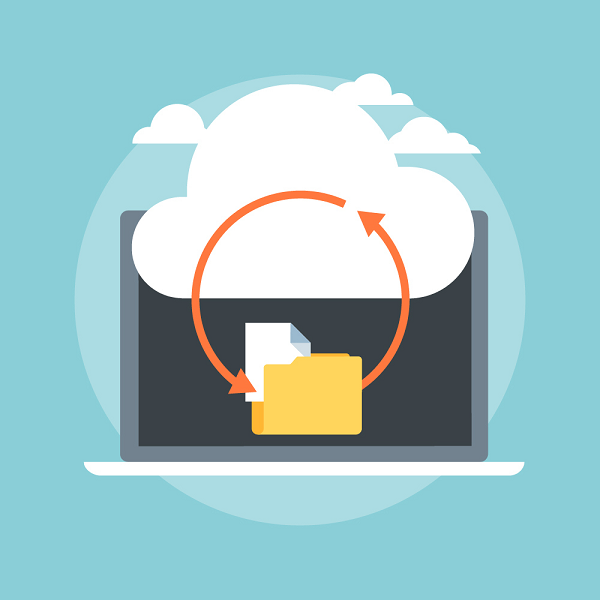Are Your Microsoft 365 Backups Sufficient?

If you read the title of this article and thought “Wait a minute! I need to back up Microsoft 365?” you wouldn’t be alone. It’s a pressing issue that is frequently overlooked by too many organisations and small businesses.
It is a truth very infrequently acknowledged that an organisation in possession of Microsoft 365 licences, must be in want of a good cloud backup solution.
Forrester has found that 70% of companies that use software-as-a-service products, like Microsoft 365, have lost business data. It’s worrying because 33% of businesses think software-as-a-service applications don’t need to be backed up at all.
Could it happen to you?
Software-as-a-service solutions have many advantages. For a long time, their main advantage has been enabling organisations to effectively outsource the need to manage the infrastructure on which their applications run.
In 2020, the pandemic lockdowns highlighted another key advantage: the ease with which they enable a global workforce to work from anywhere. Since this need came to top many a list of business priorities over the last twelve months, it’s not surprising that we’ve witnessed – indeed, been part of – a significant shift to software-as-a-service applications over this period.
We’ve discussed before on this blog why Microsoft 365 is a great first step in any organisation’s digital transformation journey or any cloud migration programme. We’d highly recommend switching to the cloud-based service at the first opportunity. For example, when it’s time to upgrade your on-premises mail server.
The advantages of scalability, of outsourcing the management of infrastructure, of having the security and resilience of a Microsoft-managed datacentre, and the simplicity of maintenance are hugely compelling.
However, what most people don’t realise is that, while the apps that comprise Microsoft 365 have default retention periods, this is not the same thing as a backup solution. And if you don’t have a suitable backup solution in place, your business is at risk of losing potentially valuable data.
What is the solution?
Approximately eighty percent of our customers have been supporting work-from-home arrangements for their staff over the last year. Data shows that the global increase in remote work has been exploited by cyber criminals. They’ve seized the opportunity to attack unsecure environments.
Novice Microsoft users and the influx of users on cloud-based services have been key targets for hackers. This uptick in malicious cyber activity means it is more important than ever to have a good backup system in place, especially on your Microsoft 365 services.
The great news is that there is a really easy way to solve this issue without having to upgrade to the enterprise-grade security and resilience solutions that Microsoft provides. Small and mid-size businesses can achieve everything they need to quickly and simply using Axcient x360Cloud.
What is Axcient x360Cloud?
Axcient x360Cloud is a software that enables you to backup and restore your data in the cloud. You can backup data from emails, SharePoint, Teams, OneDrive and other cloud solutions too. It’s really simple to use. So you can configure your backup solution to match your own return to operation (RTO) and recovery point objective (RPO) requirements.
This is great for our customers and for our team managing their Microsoft 365 deployments. As a customer, you win because you are protected and we can restore your data. As a support business we win, because we can do a good job fixing problems without a lot of additional or complex work.
If you’d like to know more about how to benefit from this win-win scenario, please reach out to our team by booking a chat today:

Read more: a quick Q&A about the backup solution Axcient x360Cloud.
Read more: about how to optimise your cloud and digitalisation initiatives.
Read more: six steps to ensure the success of your disaster recovery and business continuity plans.




